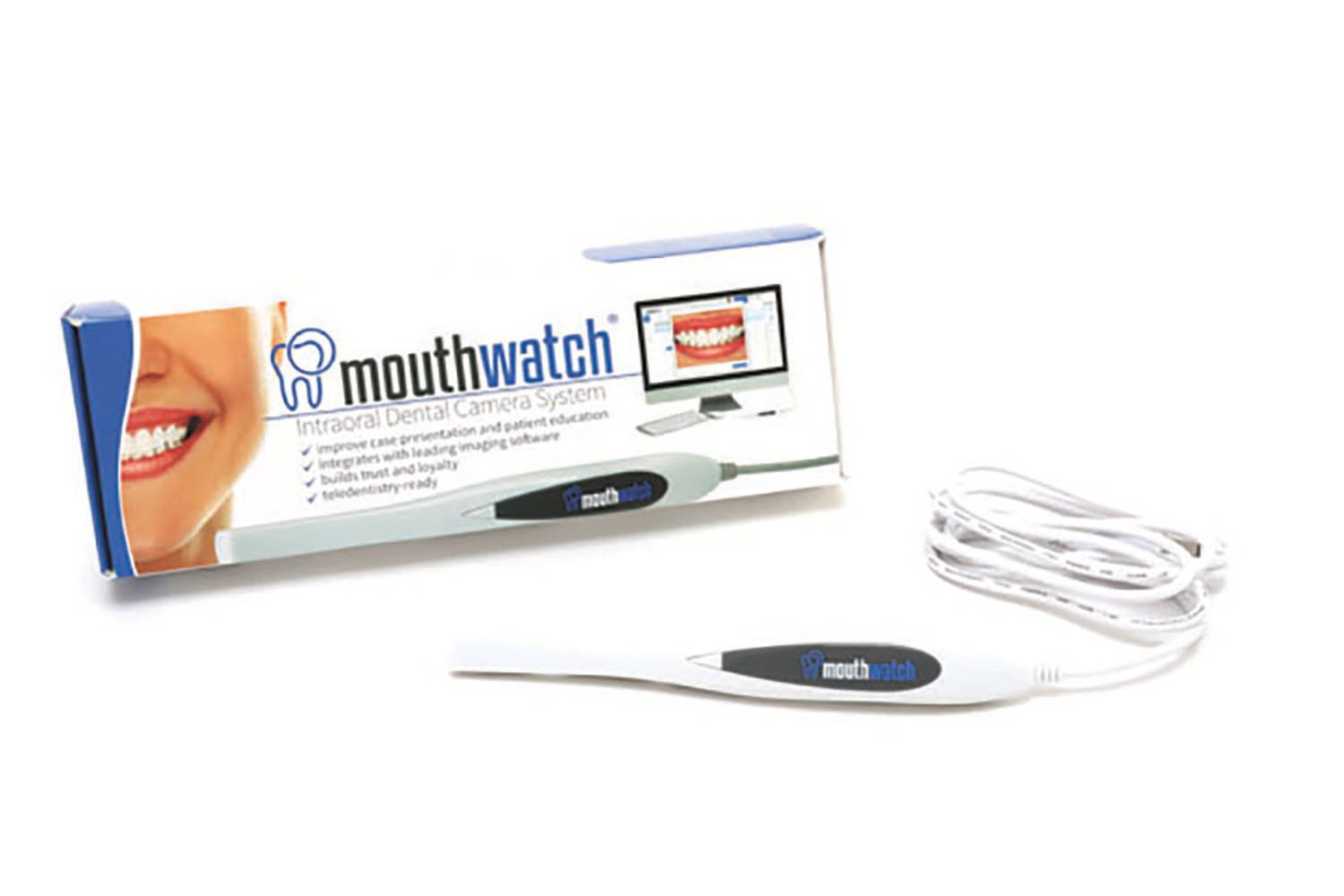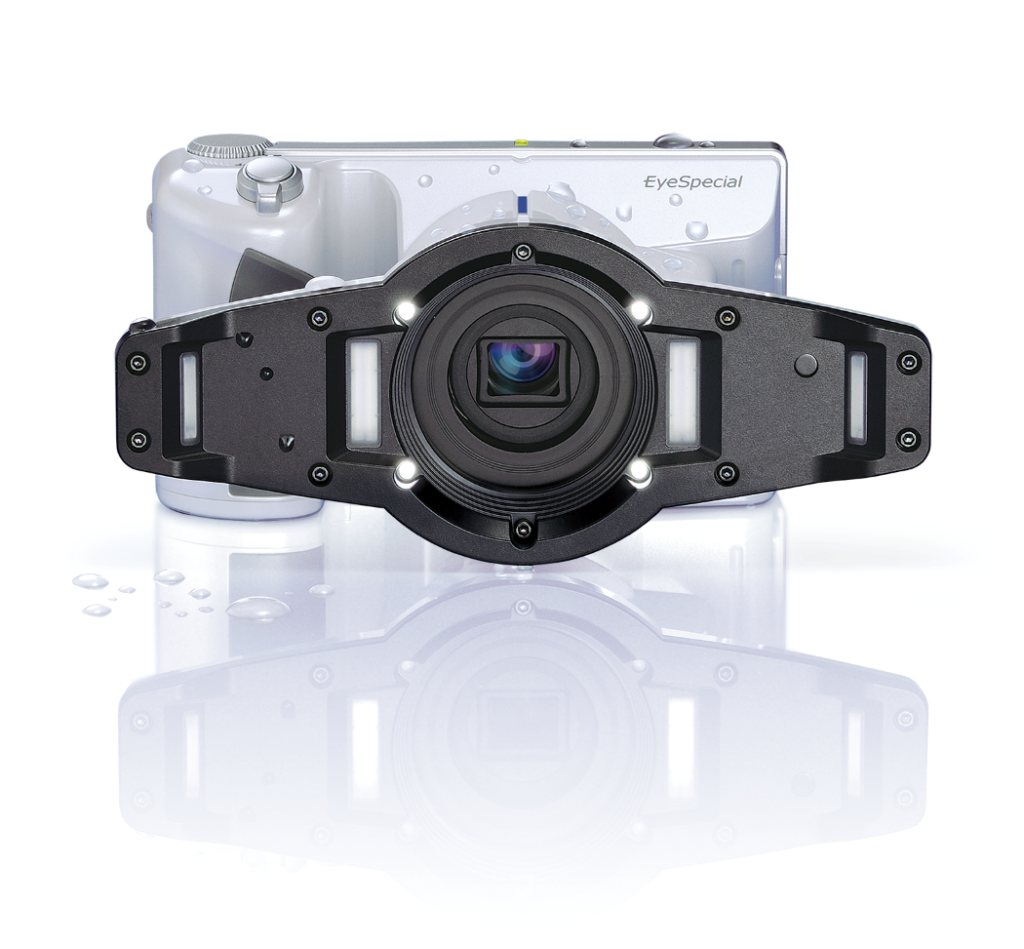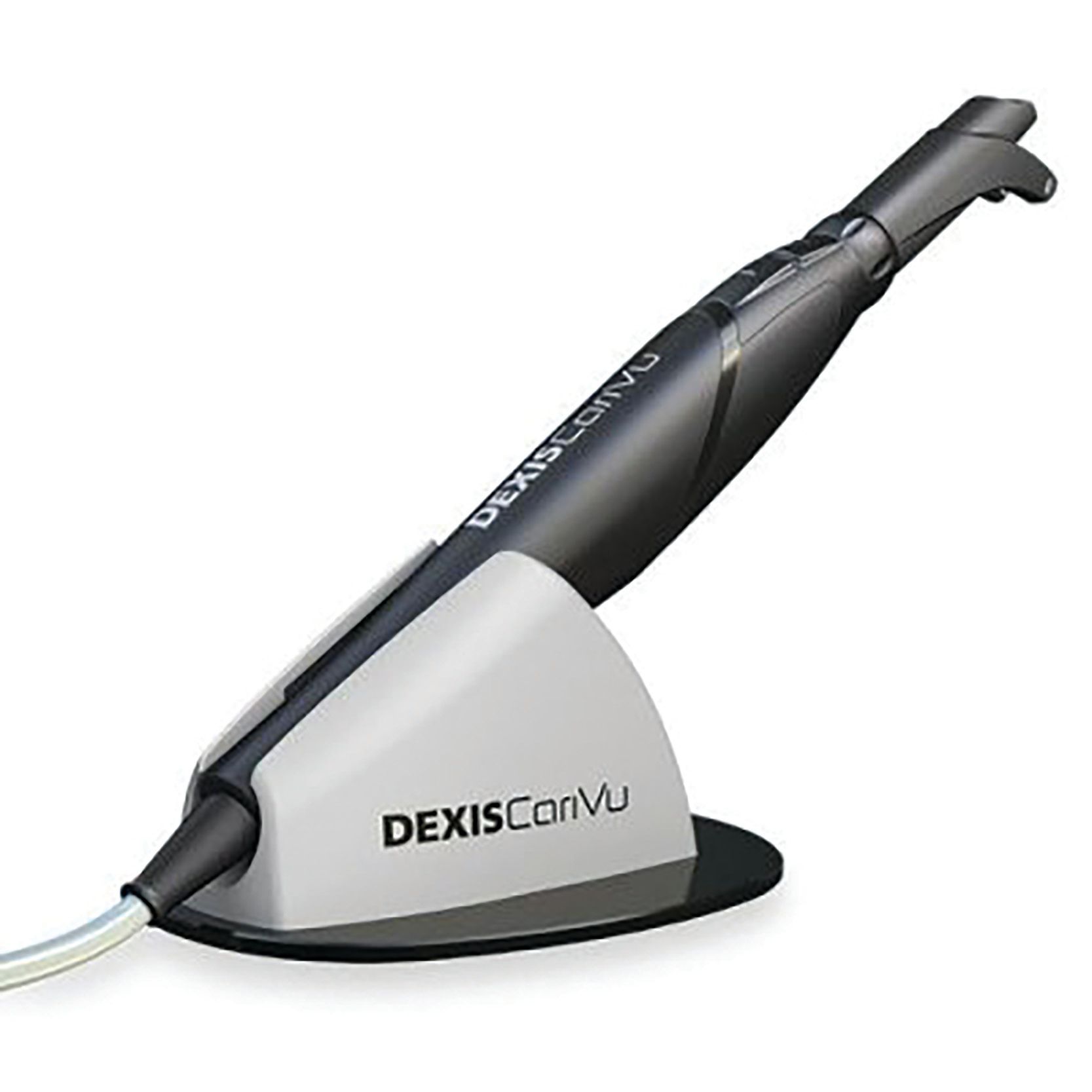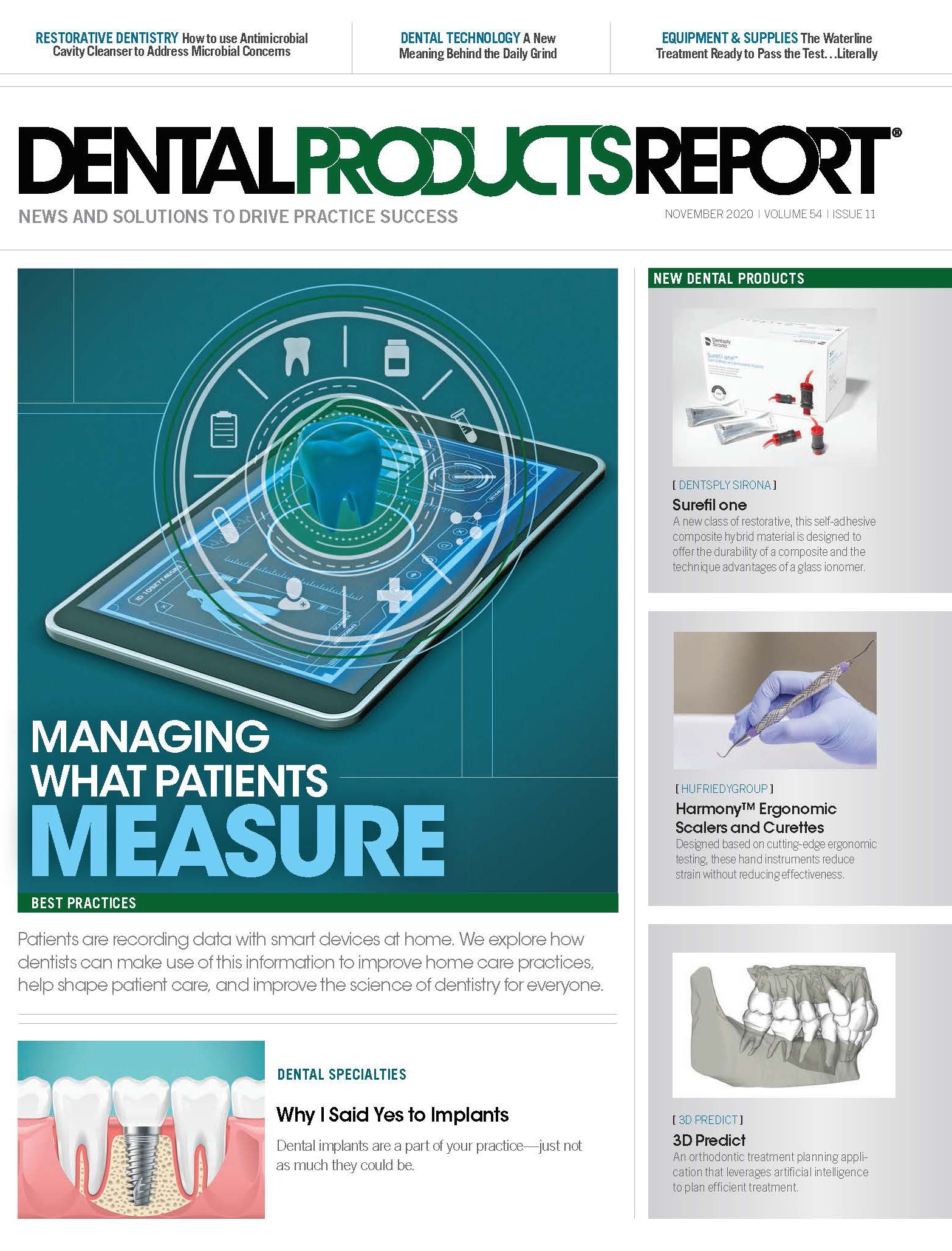What to Do With All That Time
Hacking time to your advantage by increasing education and communication is a great way to reap the benefits of free time in your dental practice’s schedule.
PATHDOC / STOCK.ADOBE.COM

I love technology! That probably seems like a silly thing to say; I mean, this column is called “Technology Evangelist” for crying out loud. However, even though most of you know me as the geeky type, I think my love of technology bears some explanation from time to time.
Our world is developing at breakneck speed, and a lot of it has to do with the proliferation of technologies from all walks of life. We can now process information in ways that were difficult to even conceive, let alone accomplish, just 20 years ago. Things like DNA mapping and gene sequencing allow us to begin to bend science to our will as mortal human beings. We hold the sum of all human knowledge in the palms of our hands. We can reach out to almost anyone, anywhere on the planet, within a matter of seconds.
However, one of the problems that comes with all of this horsepower, as I like to refer to it, is the aspect of time. Everyone expects things to happen almost instantaneously and when it doesn’t, stress and negativism rears its ugly head. In dentistry, we have taken tremendous steps forward since I first entered the profession. Now, things can happen so fast, especially in the diagnostic aspect of the profession, that speed can sometimes be our enemy.
I grew up professionally when the internet was born and I found my love of problem solving and fixing things went hand-in-hand with any computerization challenge that came along. In those early days, I considered myself a hacker and I was pretty proud of that title. Getting computers and peripherals to do things they were not made to do helped feed my problem-solving appetite and brought my dentistry practice to heights I didn’t even know existed.
Now, as I look at what we’ve accomplished along with the speed and efficiency of digital workflows, there isn’t a need to try and bend things in a brand new direction. We have almost an overabundance of efficiency. What I see now is not a need to hack devices, but we need to hack time.
Earlier this year, I was espousing using the downtime we all experienced during coronavirus disease 2019 (COVID-19) to better organize my practice and life. It was almost too easy in the early days of the shutdown to just watch Netflix, but I hate wasting time.
Dentistry has a unique yin-yang aspect where issues of today cause an impact 6 months down the road. With that in mind, offices are now seeing that being closed 6 months ago directly impacted the hygiene schedule as the critical next appointment could not be scheduled when the office was closed. That gap in time has now come back around with a resultant negative effect.
So what do we do with this “extra time”? If our hygiene schedule is not utilizing its normal back-to-back appointments, what do you do with that to improve things for the next 6-month cycle or with office productivity in the short term? Doctors are very aware of the old adage “hygiene feeds the doctor schedule.” So let’s look at ways to take fewer hygiene appointments and hack that to make the office more productive.
Educate, Educate, Educate
The most important part of what we do is to educate our patients. Patients who understand the mouth-body connection and the concept of how the mouth operates, not as a bunch of individual teeth, but as a well-functioning machine made up of a series of important subcomponents, make much better decisions.
One of the things that our workflow efficiencies have done is to make us think that faster is better. Or the concept that if we work more efficiently in hygiene, we can squeeze one more patient into the daily hygiene schedule. While this strategy will bump numbers in the short term, it only increases the numbers by one hygiene visit fee. My personal feelings on that type of a solution are to classify it as “penny wise and pound foolish” when considering the options available.
With the MouthWatch intraoral camera you simply plug one into the operatory computer, update the driver, and start taking crisp, bright images.

Let’s say your office charges $150 for a continuing care appointment. Adding one more patient to the schedule easily increases your daily production but also decreases the amount of time for education that could result in a patient leaving so impressed with the practice that they schedule their entire family of 5. Education can also lead to patients understanding the need for comprehensive treatment, guiding them to improve their overall quality of life. Knowledge makes these events happen. Seldom does a patient simply walk into an office and schedule some type of reconstruction because “it might improve my overall health.”
Instead of adding one more patient to the schedule, why don’t we look at what adding education into that slot can do. The one thing we need to work into the equation in our current environment is that we were struggling for a brief time to find adequate appointment numbers, so it’s not as easy as snapping your fingers to find another appointment to add to the daily schedule.
Instead, adding education will bring much greater results.
Education Leads to Codiagnosis
When a patient is better informed, they make better decisions. This simple fact means that better decisions lead to more overall productivity to the doctor’s schedule.
Suppose your office features a patient monitor connected in a manner that allows the hygienist and doctor to share clinical images. In that case, there is no better time than now to take advantage of that technological capability.
Once radiographs and images are captured, there is truly no better way to coach the patient than through showing clinical images on a high definition monitor and educating the patient on what those images show. In my opinion, the least utilized aspect of our hygienists’ expertise is education. These professionals are highly trained in the proper way to enlighten their patients, but the speed at which technology allows us to operate has reduced that aspect of their careers.
X-Rays and Photos and Spectra, Oh My!
A picture is worth a thousand words and dental pictures may well be worth 10 thousand. That magical radiology monitor I referenced above doesn’t only allow education on radiographs, but intraoral and extraoral images as well as advanced caries detection images, too. A relatively small investment in imaging hardware can quickly repay the investment through the incredible amount of information they relay to patients.
The best part of this is that the investment is not an extreme one, so it’s easily affordable, even for practices on a tight budget.
For intraoral images, I am currently recommending MouthWatch® cameras. These USB devices provide remarkably sharp images for the price. Simply plug one into the operatory computer, update the driver, and start taking crisp, bright images. The price of $299 per camera makes them a no brainer. I have even gone so far as to keep a couple of backup MouthWatch cameras in the office just in case one breaks. I wouldn’t do that with a camera costing $3500, but MouthWatch makes backup hardware a great idea.
The Shofu EyeSpecial camera comes preprogrammed with multiple shot choices.

For extraoral pictures, I use the Shofu EyeSpecial camera. This remarkable camera is a phenomenal hybrid device that bridges the differences between affordable point and shoot cameras and their much more sophisticated sibling, the digital single-lens reflex camera.
It comes preprogrammed with multiple shot choices such as “full face” versus “retracted smile” and many others. Simply tapping the type of pictures you want to take on the large, bright touchscreen causes the software to automatically change the needed settings so your photos come out perfectly every time.
The device has changed the process of taking pictures from a time-consuming and training-intensive exercise to a literal point and shoot experience. Among its other amazing features is the simple fact it can be wiped down with various surface disinfectants, which means it can be used by staff members wearing gloves. Many doctors have told me that they don’t take extraoral photos for the simple fact that it is too tedious. The Shofu EyeSpecial stops that objection dead in its tracks.
Visual Caries Detection
Over the last 10 years, the profession has seen a number of devices that allow doctors to take images that show caries. They each have their positives and negatives, but the best part is that every one of them enables images of caries to be projected on a monitor.
Any office looking to provide better communication while also providing better diagnostic accuracy would be well served by exploring this category of devices. Despite current training protocols, our profession has outgrown the sharp explorer diagnosis, and our patients are much better served by using devices that find carious lesions at their earliest appearance and allow us to either monitor, attempt remineralization, or restore these areas before they progress to the point of requiring large restorations.
The DEXIS CariVu™ is a compact, portable caries detection device that integrates seamlessly with VixWin™ Platinum Imaging Software.

Showing images on a monitor that can easily and clearly provide visual information to the patient has an incredible advantage over merely trying to explain our diagnostic processes verbally. Very rarely will patients not appreciate that we have located a problem at its earliest stages, especially when you can show them other areas in their mouth where large restorations are present because they couldn’t be detected until a large amount of tooth structure had to be sacrificed.
Other devices, such as Air Techniques CamX Spectra, DEXIS CariVu™, and Acteon Sopro, all have their strengths and weaknesses but should be explored when an office wants to increase their diagnostic accuracy and patient communication.
Wrapping Up
Hacking time by increasing communication is a great way to reap the benefits of free time in your schedule. The best part of this hack is that it is something you can turn to at any time when your schedule experiences a slowdown.
I’ve been practicing for a while now, and I’ve seen scheduling challenges across the board from not enough hours in the day all the way to openings in a schedule that seem to have no basis on any economic indicators. The one thing I’ve learned through these experiences is that the best way to deal with the slow times is to spend more time educating and communicating with patients and staff.
I feel one of the best things about our profession is that we get to spend significant time with our patients, and that allows us to get to know them in ways that other professionals are not lucky enough to have. Sometimes I don’t need to focus on education per se, I just focus on getting to know my patients better. That may well be the best part of having more time than usual.Hack the time to your advantage. You’ll be glad you did.
